
Helpful advice
After I have cleared your ears of wax, I will discuss and offer advice on how to try and keep your ears healthy and reduce the frequency of future appointments.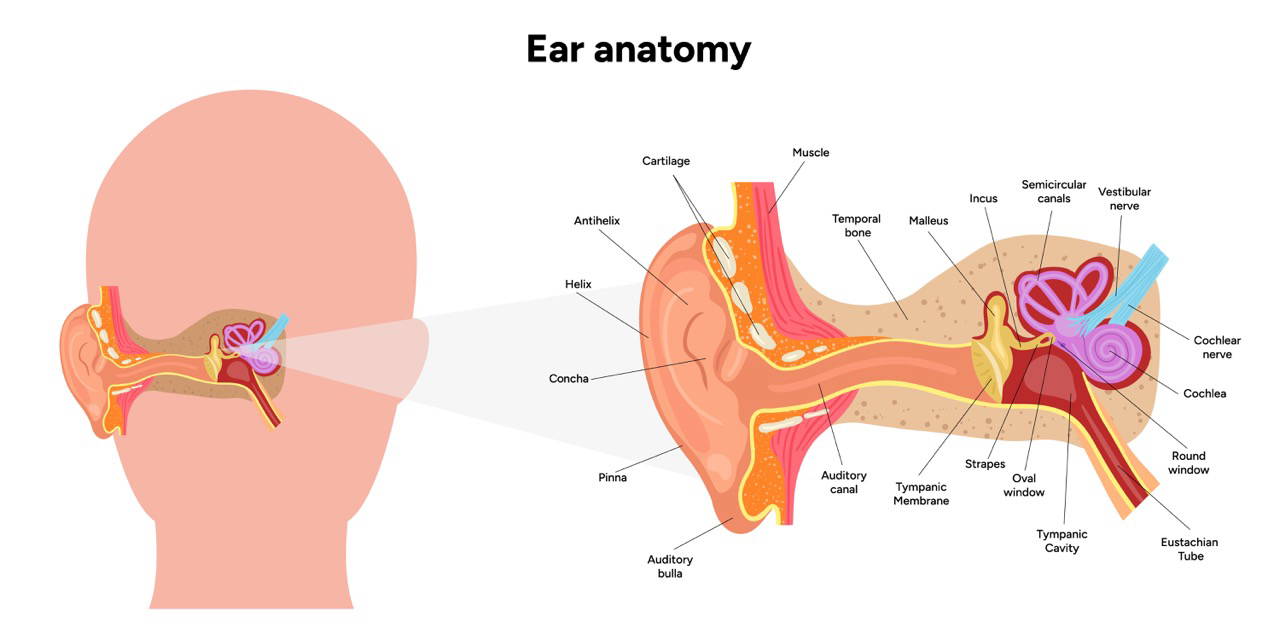
What is ear wax?
Ear wax, also known as cerumen, is a naturally occurring substance produced in the ear. It acts as a protector for your ear canal and ear drum by trapping and removing dust, bacterial and dead skin.
The outer third of the ear canal has an abundance of hair follicles, as well as ceruminous glands and sebaceaus glands, which all work together to produce ear wax.
Ear wax is made up of a combination of the secretion of both glands, dead skin cells and debris. Ear wax is quite acidic, with a pH of 5.2-7, which creates a protective antibacterial environment.
Some 2-3 million people in the UK each year require ear wax removal every two years. People who are hearing aid wearers, ageing, working in dirty environments, suffering from skin conditions (on their head or in their ears) and people with learning disabilities are disproportionately affected.
Ears self cleansing system
Unlike the rest of the human body, dead skin in the ear canal cannot be shed by friction. To overcome this the ear canal has its own self cleansing system, this is known as epithelial migration.
It is the process of the epithelium (skin) cells starting from the centre of the ear drum and moving outwards to the ear canal wall, this skin shedding carries on until it reaches the outer third of the ear canal where the hair follicles and sebeceus and cerumen glands secretions are present.
This creates ear wax. Jaw movement while talking and eating assists in loosening the build up of wax so it falls out into the outer ear.
This self cleansing unfortunately can often fail, resulting in retention and impaction of ear wax.
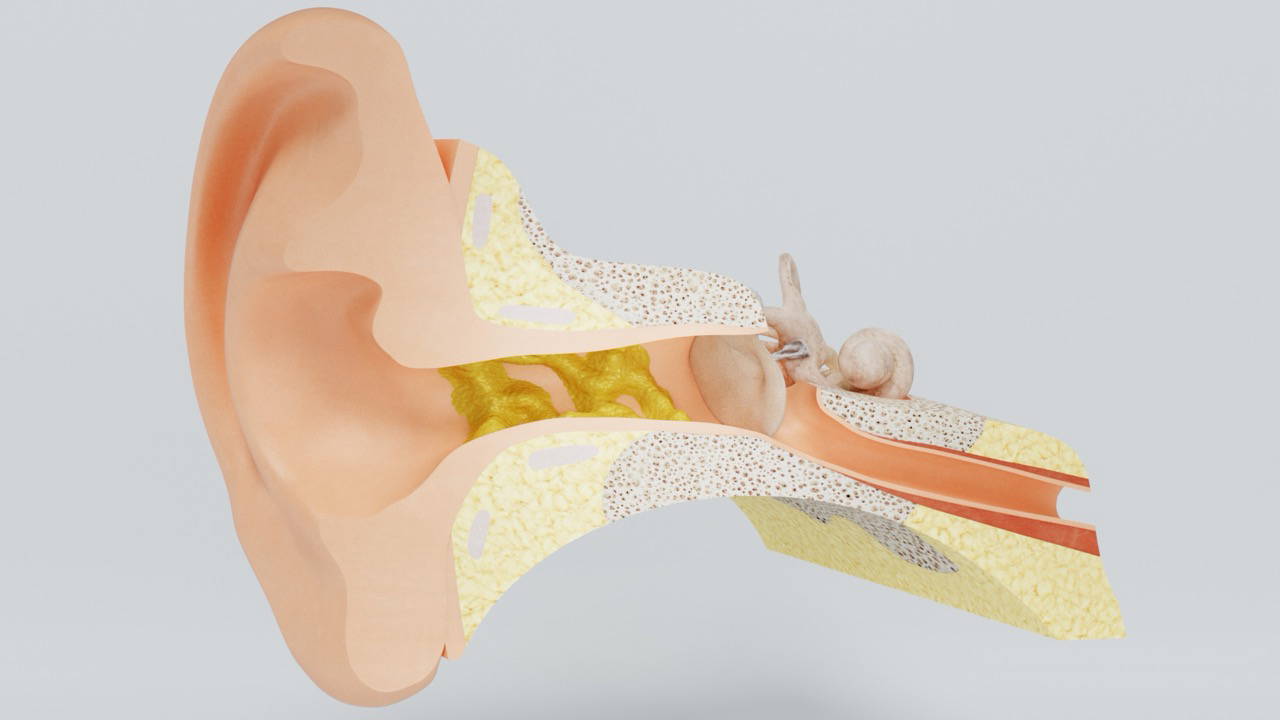
Why ears may not be self cleansing
Narrow/angled ear canals
Reduced sebaceous/cerumen oil production
Working in noisy/dirty environments
Wearing earplugs/earbuds
Wearing hearing aids
Eczema/psoriasis/dermatitis
Excessive ear hair
Poking things into the ear canals compacting the wax, ie cottonbuds, fingers, hairgrips, pens
Reduced social settings – mastication (jaw movement) aids wax migration as it contracts and relaxes the ear canal
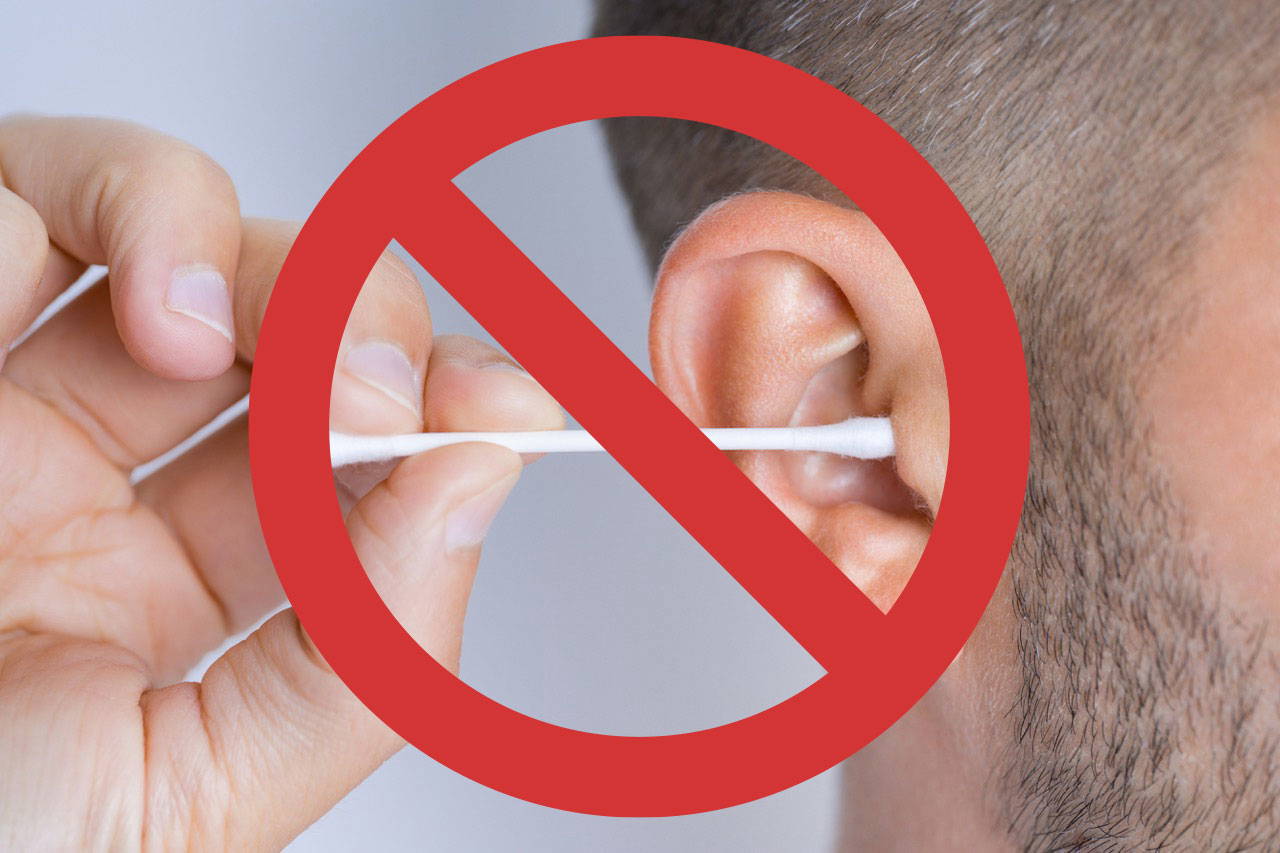
Do not use cotton buds in your ears
If you have visible ear wax that you wish to remove yourself, you are best to use a warm wet flannel to clean the outer part of your ear.
What are the risks of using cotton buds?
- Using cotton buds or other small objects to clean your ears can lead to pushing ear wax deeper into the ear canal. This can result in a wax blockage and subsequent discomfort or hearing loss.
- Inserting a cotton bud too far into the ear canal can risk damaging the ear drum. The ear drum is very delicate and easily perforated which can cause pain, hearing loss and infections.
- If ear wax is pushed onto the eardrum it can change the pressure within your ear. This can effect your hearing and also contribute to developing tinnitus.

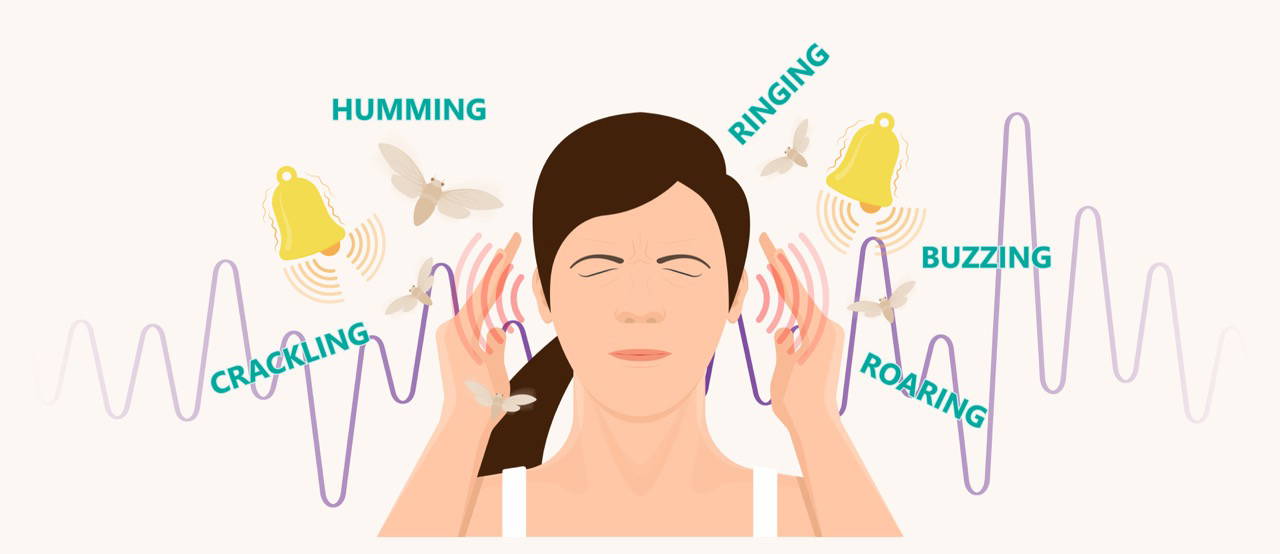
Tinnitus
- Tinnitus is the term for the sensation of hearing a sound in the absence of any external sound.
- There are different sounds associated with tinnitus. Ringing, buzzing, whooshing, humming, hissing etc. These noises can be continuous or they can come and go.
- Tinnitus is very common and about 30% of the population will experience it at some point in their life.
- Tinnitus is more common in people who have some hearing loss or other ear problems, however it can be found in people with normal hearing.

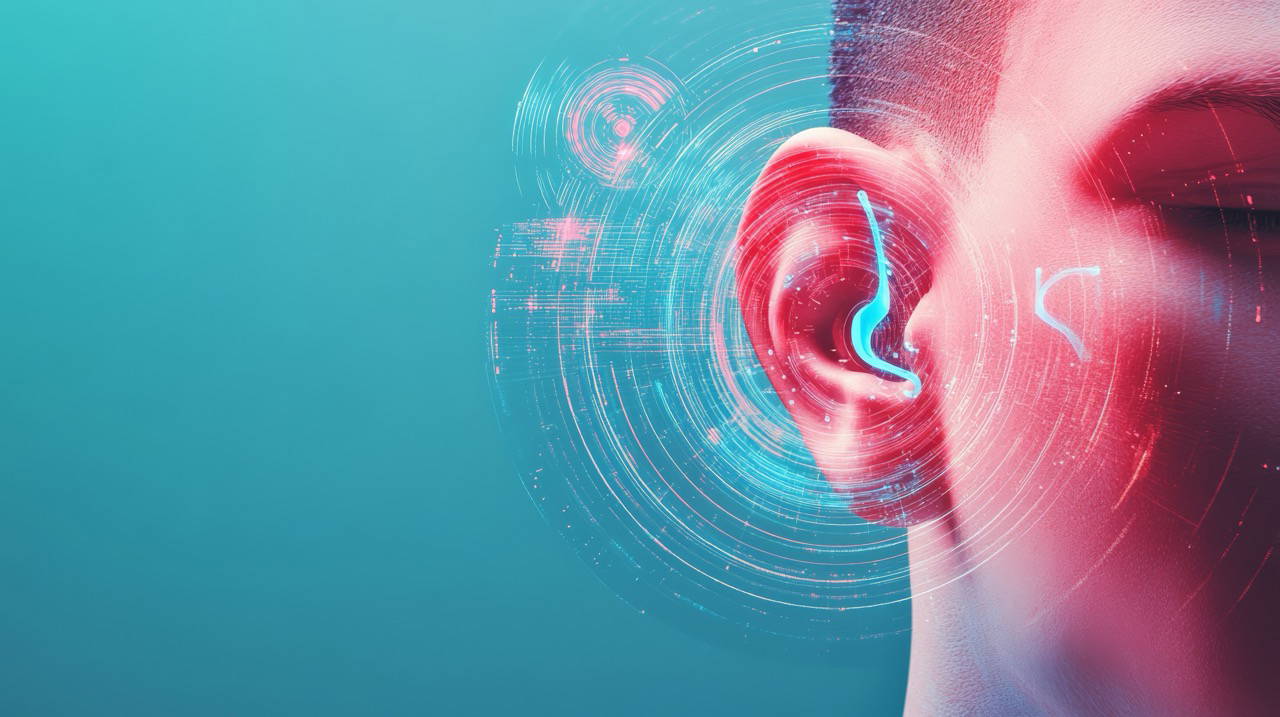
Causes of Tinnitus
- Some form of hearing loss
- Meniere’s disease
- Medical conditions such as thyroid disorders, multiple sclerosis or diabetes
- Anxiety, stress and depression
- Build up of ear wax or ear infection
- Tinnitus can also be a side effect of some medications such as chemotherapy, antibiotics, NSAID’s and asprin
